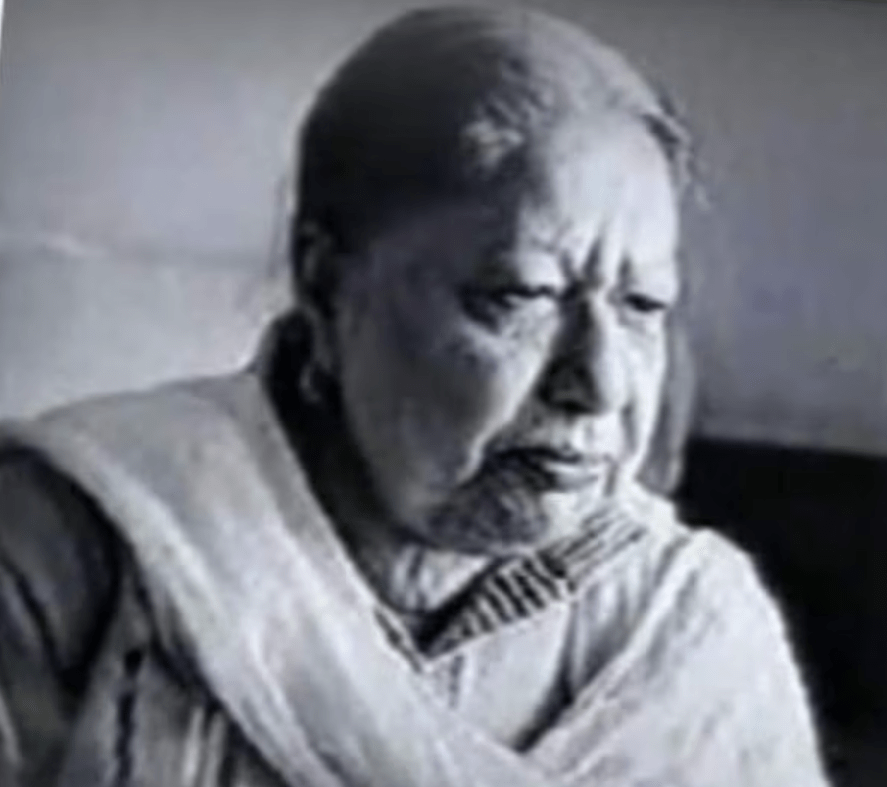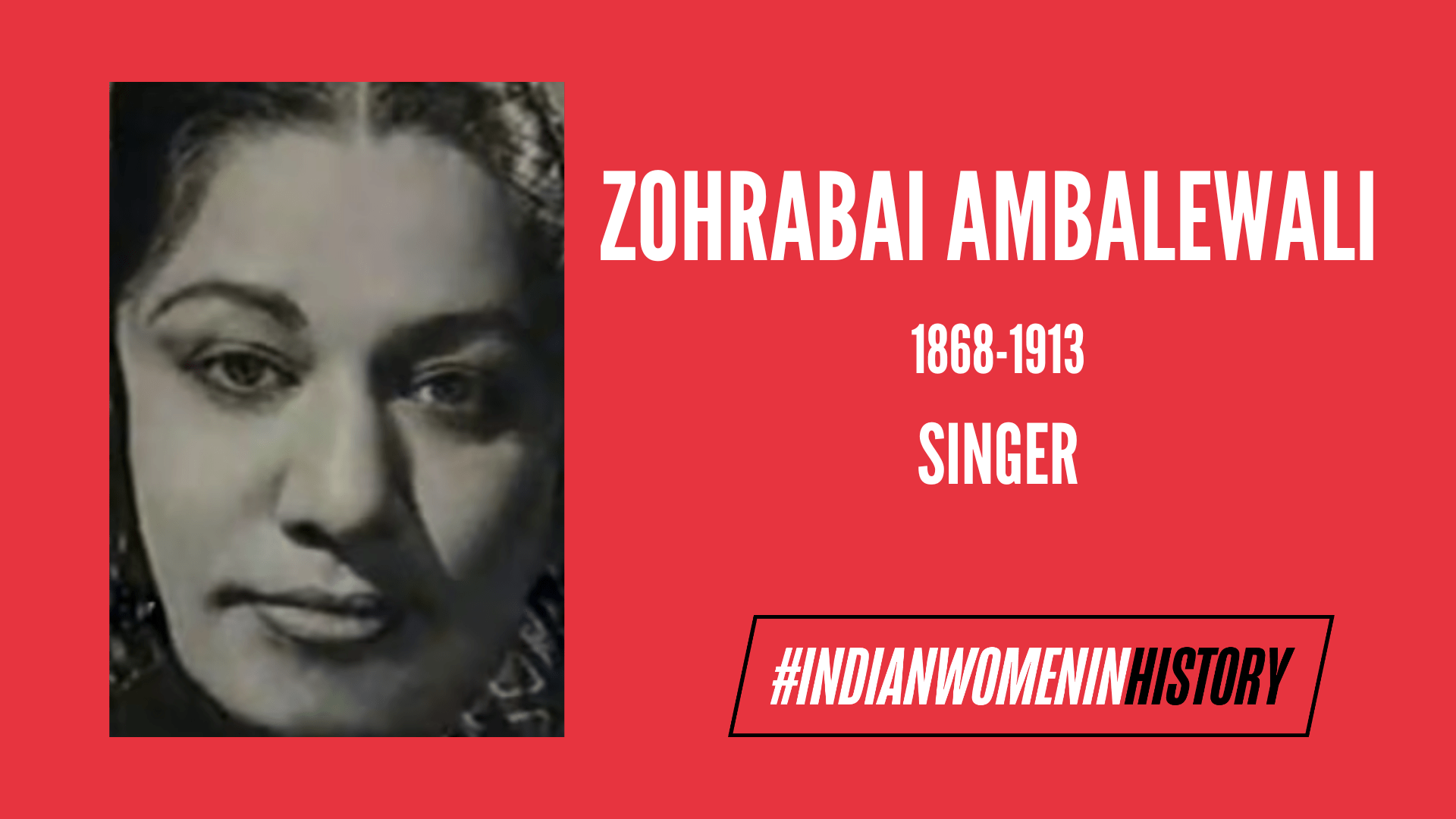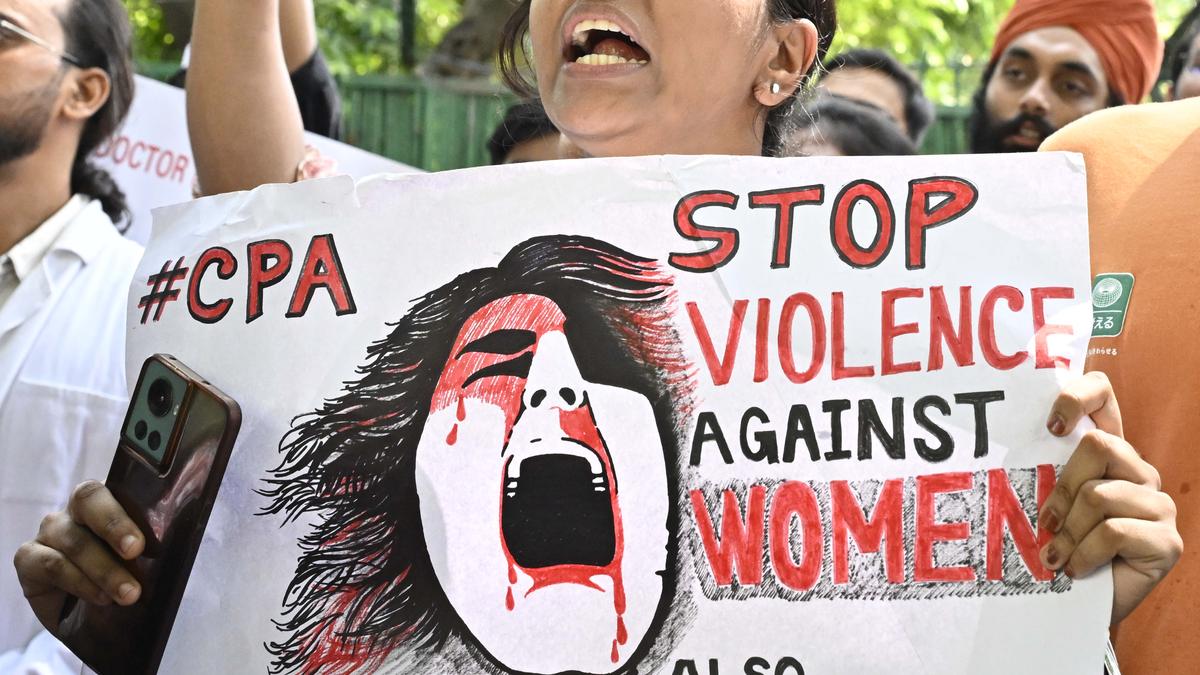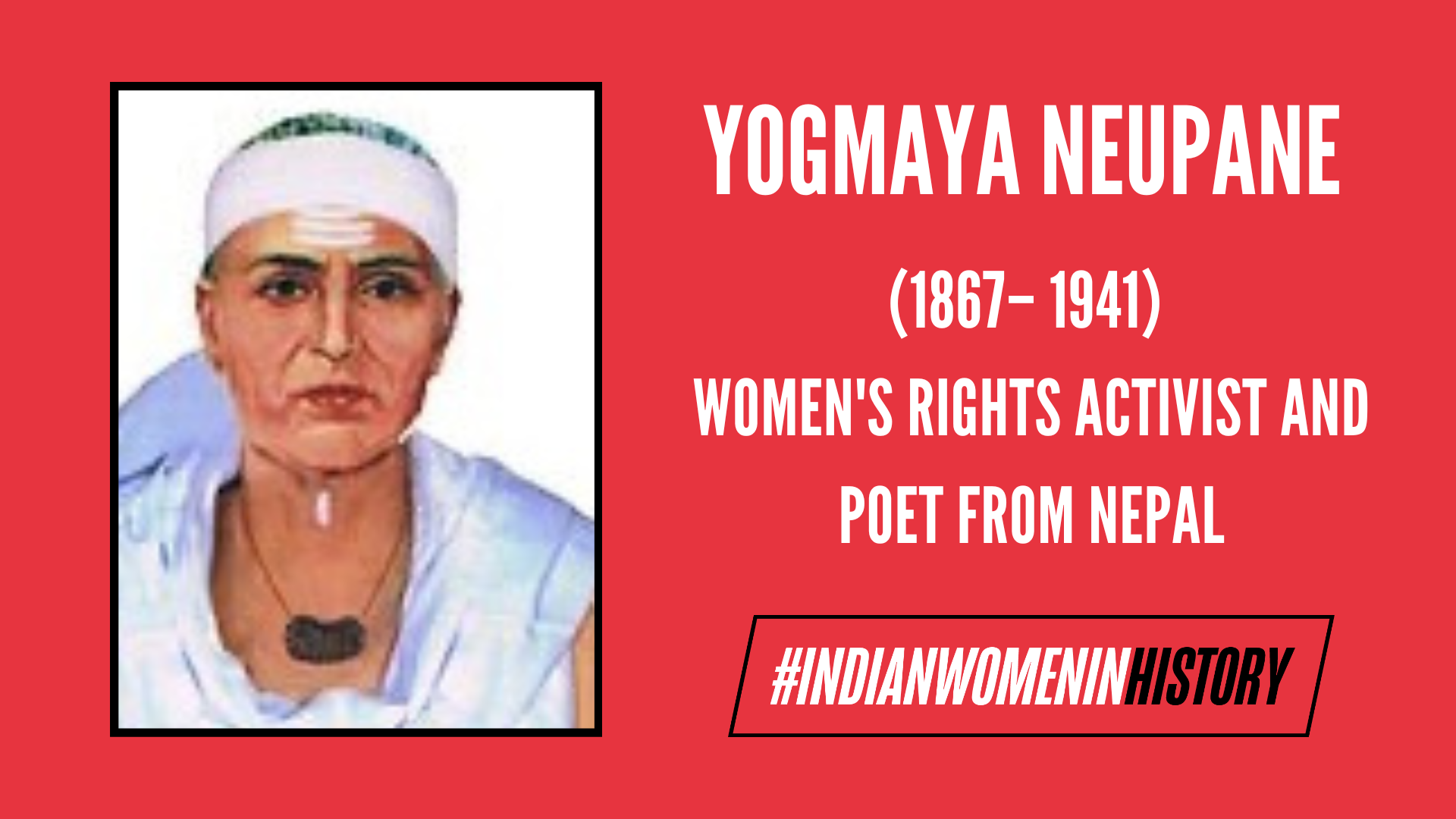There are very few artists who never lose shine in the treasured legacy of memorable contributions. Zohrabai Ambalewali from the Ambala district of Punjab (British India) was a melody queen who mesmerised the ear-sense of masses with her soul-stirring, unforgettable masterpieces like ‘Ye Raat Phir Na Aayegi, Jawani Beet Jayegi,’ ‘Akhiyan Milake Jiya Bharmaake, Chale Nahin Jana,’ ‘Gori Chali Piya Ke Des,’ and numerous other musical milestones. It was the time when dense female voices with a deep nasal touch were encouraged in the sub-continental, male-populated music industry.
In those decades of the 1930s and 1940s when having a name, voice and identity was an act of rebellion among women in domestic margins Zohrabai Ambalewali embodied their delicate emotions, sensitivity, desires and hopes as a playback and semi-classical singer through a variety of songs in her liberating bravura. Zoharbai sang in pole position of the musical resurgence that broke the discriminatory walls between artsy courtesan culture and the ‘noble-women trope,’ by uniting female singers on an equal podium.
It was the era when women from revered dynasties started adoring the aesthetic charm of the super-talented female artisans who were often linked to the ‘Baiji,’ tradition of ‘Nautch-Girls,’ that celebrated classical women entertainers in royal merriments of kings and Zamindars. Crossing the social stigmas and alleged moral bars, Zohrabai Ambalewali secured her place in the very first row of successful commercial playback singers with copious stunning melodious pearls that shocked the prejudiced edges.
From the Gramophone Record Company to the All India Radio
Born in Ambala in 1918, Zohra Khatoon was blessed enough to grow up in a culturally prosperous household of great artisans. At the tender age of playing with dolls, she used to mumble songs. Under the guidance of her maternal grandfather who recognised her talent in the initial phase, Zohrajaan received official musical training from the esteemed Ustad Nasir Hussain Khan and Gulam Hussain Khan, however, her parents did not like the chosen stream. Her rigorous 6-year tuneful drill in Hindustani music polished her god-gifted capabilities.

In those days the gramophone culture was on hype and scouts roamed in different villages, towns and cities to find new striking voices. When a gramophone proxy made an offer to record songs in the voice of Zohrajaan, her grandfather did not agree but putting a glance at the stubborn-gentle aspirations of his little granddaughter, he accepted it.
She was only 13 years old when the first recording ‘Chhote Se Balma Mere, Aangna mein Gilli Khele,’ a non-film song became a big triumph for The Gramophone Company of India. The audience showered bountiful love on the delicate-naughty waves of her initial ‘Thumris,’ for the banner HMV, resulting in an intensified professional stretch of Zohra Khatoon.
Soon, Zohrajaan was invited to the All India Radio, Delhi where she established herself as ‘The Zohrabai Of Ambala.’ She also enriched the inheritance of AIR Peshawar, AIR Lahore and AIR Hyderabad with iconic guest performances. Along with the existing AIR companions Shamshad Begum, Zeenat Begum and Noor Jehan in those golden days of melodic epitome; art was slowly becoming free from the male gaze.
Zohrabai Ambalewali not only had the nerve to step into a patriarchal set-up and create herself, but she also did splendid justice to diverse song forms Thumri, Dadra, Geet, Ghazal and Qawwali in low-voice range, which is often marked as her power-trait.
Standing proudly in the early row of great female singers, Zohrabai claimed and attained the ‘authority of women,’ against the projected and manipulative musical sensitivity of men that often flourishes through concealed mansplaining in the artistic arena.
Zohrabai Ambalewali was a teenager when she married the famous Tabla artisan Faqir Mohammad. By choosing a like-minded partner and attaining immense support on a personal scale, she landed an example against the chauvinist and ‘not so hidden,’ bigotry practices of toxic and suffocating marriages.
Zohrabai’s personal life never restricted her art that was born to bloom. She did not ditch her dreams of maintaining marital bond or managing social norms. Her songs evasively challenged the intruding social ‘agency,’ as the exposure of softness was counted offensive and profane in those bygone days. Love-songs amid the background chaos of the great Indian freedom movement encouraged women to be a bit expressive and assertive about how they feel. Standing proudly in the early row of great female singers, Zohrabai claimed and attained the ‘authority of women,’ against the projected and manipulative musical sensitivity of men that often flourishes through concealed mansplaining in the artistic arena.
Behind her booming fame, there were hard-working busy days and an exhausting series of rehearsals. The Gramophone record company paid 100 rupees monthly, while she received only 12 rupees for each AIR recording on a fixed pattern of 4 scheduled days per month; but the creative gratification she attained was priceless that incited and decked her sense of being.
Zohrabai’s Career in playback singing
Zohrabai’s journey in the mainstream film industry thrived during the 40s and she contributed more than 1200 songs in her apex decade. Amirbai Karnataki and Rajkumari were also emerging as leading voices during this epoch.

Honoring the AIR success story, prominent film director V. Shantaram invited Zohrajaan to Bombay but she left her fixed job after 3 months. Her entry in the cinematic chronicles is pretty ambiguous with poles apart opinions. Some believe that Zohrabai stepped in playback singing on the offer of music director Anil Vishwas for ‘Gramophone Singer,’ (1938) but tracks from this film are unavailable at present. On the other hand, a second anecdote claims that Zohrabai Ambalewali embarked on her journey in the film ‘Daku Ki Ladki,’ (1933) with exceptionally talented musician Pran Sukh.
Her signature songs‘Ankhiyan Mila Ke, Jiya Bharma Ke, Chale Nahin Jana,’ ‘Sawan Ke Badalon Unse Ja Kaho,’ and ‘Aai Diwali, Aai Diwali,’ for the film ‘Rattan,’ (1944) with musician Naushad looted the hearts of music-lovers with notes on the fleek. This Deja-vu film drizzled overnight stardom, and ample glory and increased her reach to millions.
Despite receiving popularity from effervescent songs, Zohrabai was personally inclined towards tragic and melancholic compositions. From ‘Pardesi Piya Re Ab Mose,’ (Bela, 1947), ‘Shayad Vo Ja Rahe Hain,’ (Mela, 1948), ‘Nainon Mein Naina Mt Dalo,’ (Jeevan, 1944), to ‘Ratiyan Guzaroon Kaise Ram,’ (Ratnawali, 1945), and ‘Gori Chali Piya Ke Des (Shama, 1946)‘; she hypnotised the song-enthusiasts with distinct shades of love, sadness, pain, longing and separation. Her song ‘Toota Hua Dil Gayega Kya,’ in ‘Doosri Shadi,’ (1947) enthused the industry with a soul cry while ‘Mera Husn Lootne’,’ from ‘Chandralekha,’ (1948) is still counted as the yardstick of artsy zenith.
Her songs for the films ‘Bela,’ (1947) and ‘Naiya,’ (1947) became blockbusters and she shared her success with musicians Bulo C Rani and Anil Vishwas. Naushad and Govind Ram remained the best composers of the era who worked with Zohrabai and polished her raw drifts of solos, duets and vital dance numbers.
She also contributed to the first Qawwali performance of the film industry ‘Aahein Na Bharin Shikwe Na Kiye,’ (Zeenat, 1945) with Noor Jehan and Kalyani. From gramophone to AIR and silver screen, from trifling gestures of folk niche to decorum of Ghazels, she nailed all the top-class genres of that period.
The Zoharabai of Ambala: her ‘matchless traits’ and progressive thinking
The particular nasal touch in singing stemmed from Italian opera and developed through blues and African pop. High-pitched nasal singers were rocking the national and international stream during the 30s and 40s era. This coarse nasal singing style was distinct from the current capitalist beauty standards where thin and sweet-sugary voices are preferred. But what added distinctiveness to ‘The Zohrabai Of Ambala,’ was her unwavering courage to hail new challenges against prearranged trends. Her several records embraced bubbly and gregarious feminine gestures that tickled audiences through unconventional flips and folds.
Due to the hefty tone and flexibility, Zohrabai was also chosen to sing the male part in ‘Anmol Ghadi,’ (1946), which she beautifully gripped. Her experimental creative ethos hailed sensual songs like ‘More Joban Ka Dekho Ubhar Papi,’ for the film ‘Man Ki Jeet,’ (1944) which was a minimum 6 decades ahead of her time and resonated with the stimulating hot songs of the 90s era. This way, Zohrabai was the first female playback singer who sang about women’s sexuality and of course, this song was eliminated for being inappropriate and offensive.
An undeclared feminist sense of friendship and sisterhood was deeply rooted in her innovative journey. Zohrabai Ambalewali fortified harmonious heirlooms by partaking in warmth and affection with fellow women singers to set profound standards for forthcoming generations. No social discrimination, racial intolerance or prohibitions interrupted their bonds, simply ruining the patriarchal conspiracy theories of dividing women.
In ‘Udan Khatole Pe Ud Jaaoon,’ from ‘Anmol Ghadi,’ (1946), she hummed for Master N. Kabir, in the meantime Shamshad Begum whined for the screen appearance of Baby Noormahel and music was composed by Naushad. She also sang fast-tempo songs for Naushad in ‘Pehle Aap,’ (1944) and ‘Geet,’ (1944).
Zohrabai even worked and stayed in Rangoon for a year, while her family accompanied her in the new land. Locality, marriage, children, moral prohibitions, rusted conventions or the pride of social class never stopped the Zohrajaan from attaining her dreams.
An undeclared feminist sense of friendship and sisterhood was deeply rooted in her innovative journey. Zohrabai Ambalewali fortified harmonious heirlooms by partaking in warmth and affection with fellow women singers to set profound standards for forthcoming generations. No social discrimination, racial intolerance or prohibitions interrupted their bonds, simply ruining the patriarchal conspiracy theories of dividing women.
Stepping into the 50s, the trends and preferences fluctuated and music directors highlighted comparatively shrill voices in full swing. Orchestra, chorus, and heavy instrumental backgrounds were transforming the industry, making it difficult for the terrific singing birds of previous decades. Even in this challenging time, Zohrabai Ambalewali matched the stream of demand upsurge with enthralling songs in films ‘Jadoo,’ 1951, ‘Amber,’ (1952) and ‘Sandesh,’ (1952).
The silent years of Zohrabai Ambalewali
In ‘Teen Batti, Char Rasta,’ (1953) she was asked to sing just one line for ‘O re o poraan bondhu re,’ with Lata Mangeshkar, Asha Bhosle, Sandhya Mukherjee and S. Balbir. It was the moment when Zohrabai decrypted the brutality of shifting parameters and decided to quit singing.

‘Mere Dard-E-Dil ki Dharkan,’ from ‘Nausherwan-E-Aadil,’ (1957) was the last song she sang for any film. The heartbreaking series of rejections and lack of opportunities in the late 50s hushed her passion.
The pungent struggles of the first generation of female playback singers like Zohrabai Ambalewali added dignity, fame, wealth and reputation to the occupation, resulting in the arrival of upper-class women who were not so inclusive towards singers of minority and Dalit backgrounds. Between transition periods, new singers like Lata Mangeshkar and Geeta Dutta were ruling over popular soundtracks. Such disgrace of a timeworn talent shattered the hopes of this melody queen of the 40s and muzzled her desire to sing more.
The last years of Zohrabai Ambalewali went remembering the spurs of the glorious past. She played and replayed her old records and whispered in nostalgic whiffs, however, she continued singing for her Katthak dancer daughter Roushan Kumari till she succumbed to death in February 1990.
While giving an interview to ‘DD Bharti’ during those artistically displaced years, when she sang ‘Zere Deewar khade Hain, Tera Kya Lete Hain’, her voice was cracked and shivering. Time affected her tone but not the twinkles in her eyes. The quick sparks in her mild gaze had an eternal flame because not all the warriors who fight need swords, some can conquer with their songs.
About the author(s)
Mariyam (she/her) has a thirst for journalistic and creative stories that consist of feminist, humanitarian, contemporary or artsy themes. She hails from a Political Science, English Literature academic background and an Urdu-Hindi crux.
For her, words are a visionary sovereignty to stand on and find the meaning of being while journalism is the only place where truth comes with utmost clarity, facts and data. When not weaving pointy narratives or poetic expressions, she loves mingling with cats or delving into photography, cinema, music, daydreaming and stargazing.





